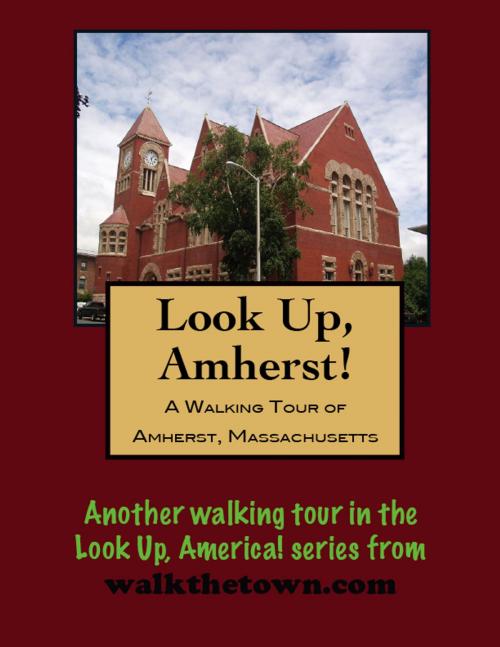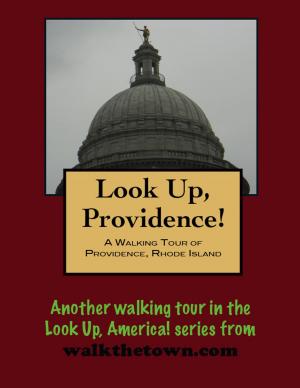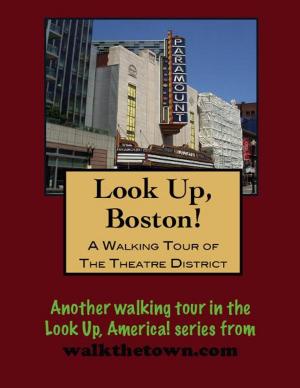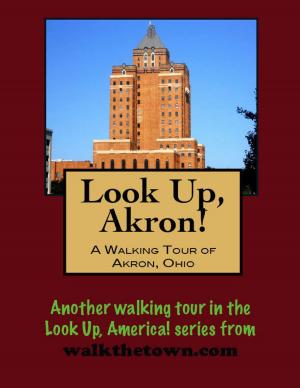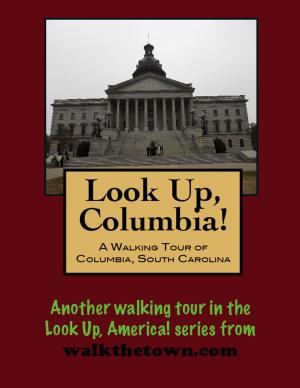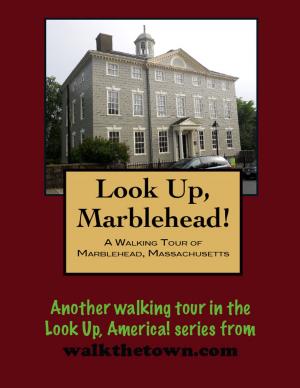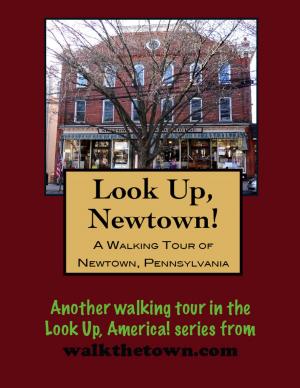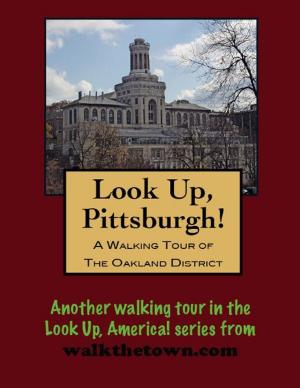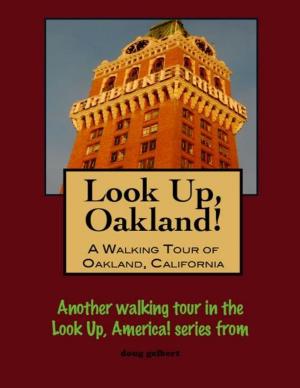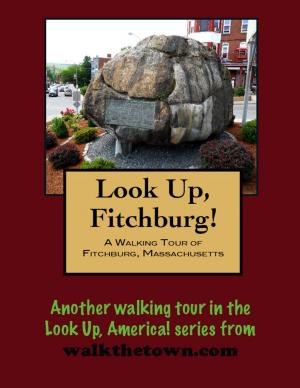| Author: | Doug Gelbert | ISBN: | 9781458102195 |
| Publisher: | Doug Gelbert | Publication: | February 14, 2011 |
| Imprint: | Smashwords Edition | Language: | English |
| Author: | Doug Gelbert |
| ISBN: | 9781458102195 |
| Publisher: | Doug Gelbert |
| Publication: | February 14, 2011 |
| Imprint: | Smashwords Edition |
| Language: | English |
There is no better way to see America than on foot. And there is no better way to appreciate what you are looking at than with a walking tour. Whether you are preparing for a road trip or just out to look at your own town in a new way, a downloadable walking tour is ready to explore when you are.
Each walking tour describes historical and architectural landmarks and provides pictures to help out when those pesky street addresses are missing. Every tour also includes a quick primer on identifying architectural styles seen on American streets.
In 1659 a dissenting Connecticut congregation under the leadership of Rev. John Russell founded Hadley as an agricultural community on the east bank of the Connecticut River. John Pynchon purchased the site of the new settlement, a fertile peninsular plain defined by a bend in the Connecticut River, from the Indians on behalf of the settlers. When the first permanent English settlements arrived in 1727, this land and the surrounding area (including present-day Amherst. South
Hadley, and Granby) belonged to the town of Hadley. It gained precinct status in 1734 and eventually township in 1776, shortly before the colonies declared their independence.
When East Hadley incorporated in 1759, the colonial governor named it Amherst, in honor of Jeffery Amherst, 1st Baron Amherst, a hero of the French and the Indian War. In 1786, as the American Revolution was ending, many soldiers returning home found themselves in debt. Farmers who were unable to pay taxes and debts had their property and livestock confiscated by the courts. Daniel Shays, a Pelham resident, organized Shays Rebellion in protest. Amherst also opposed the War of 1812. This long tradition of anti-war resolutions continues in Amherst Town Meeting.
In the 19th century, Amherst’s population diversified and the African American and Irish populations increased. Today, over 30% of the school’s population are students of color. Also in the 19th century, Amherst was known for its palm leaf factories, with the Hills and Burnett factories shipping hundreds of thousands of hats across the country. By the 1930s tastes had changed and both factories went out of business. Presently the Amherst Woman’s Club occupies the former Hills mansion, and is a popular wedding and party venue. Courtesy of the Jones Library, Inc., Amherst, Massachusetts.
Amherst has become the quintessential college town. Amherst College was founded in 1821 “for the classical education of indigent young men of piety and talents for the Christian ministry.” It became coeducational in 1975. The University of Massachusetts, originally named Massachusetts Agricultural College, was founded in 1863 under the provisions of the Federal Morrill Land-Grant Colleges Act to provide instruction to Massachusetts citizens in the “agricultural, mechanical, and military arts.” In 1931 it became the Massachusetts State College and, in 1947, the University of Massachusetts. Hampshire College was founded in 1970. Today more than 29,000 students swell the population during the school year.
This walking tour will begin on The Common adjoining Amherst College and the center of town...
There is no better way to see America than on foot. And there is no better way to appreciate what you are looking at than with a walking tour. Whether you are preparing for a road trip or just out to look at your own town in a new way, a downloadable walking tour is ready to explore when you are.
Each walking tour describes historical and architectural landmarks and provides pictures to help out when those pesky street addresses are missing. Every tour also includes a quick primer on identifying architectural styles seen on American streets.
In 1659 a dissenting Connecticut congregation under the leadership of Rev. John Russell founded Hadley as an agricultural community on the east bank of the Connecticut River. John Pynchon purchased the site of the new settlement, a fertile peninsular plain defined by a bend in the Connecticut River, from the Indians on behalf of the settlers. When the first permanent English settlements arrived in 1727, this land and the surrounding area (including present-day Amherst. South
Hadley, and Granby) belonged to the town of Hadley. It gained precinct status in 1734 and eventually township in 1776, shortly before the colonies declared their independence.
When East Hadley incorporated in 1759, the colonial governor named it Amherst, in honor of Jeffery Amherst, 1st Baron Amherst, a hero of the French and the Indian War. In 1786, as the American Revolution was ending, many soldiers returning home found themselves in debt. Farmers who were unable to pay taxes and debts had their property and livestock confiscated by the courts. Daniel Shays, a Pelham resident, organized Shays Rebellion in protest. Amherst also opposed the War of 1812. This long tradition of anti-war resolutions continues in Amherst Town Meeting.
In the 19th century, Amherst’s population diversified and the African American and Irish populations increased. Today, over 30% of the school’s population are students of color. Also in the 19th century, Amherst was known for its palm leaf factories, with the Hills and Burnett factories shipping hundreds of thousands of hats across the country. By the 1930s tastes had changed and both factories went out of business. Presently the Amherst Woman’s Club occupies the former Hills mansion, and is a popular wedding and party venue. Courtesy of the Jones Library, Inc., Amherst, Massachusetts.
Amherst has become the quintessential college town. Amherst College was founded in 1821 “for the classical education of indigent young men of piety and talents for the Christian ministry.” It became coeducational in 1975. The University of Massachusetts, originally named Massachusetts Agricultural College, was founded in 1863 under the provisions of the Federal Morrill Land-Grant Colleges Act to provide instruction to Massachusetts citizens in the “agricultural, mechanical, and military arts.” In 1931 it became the Massachusetts State College and, in 1947, the University of Massachusetts. Hampshire College was founded in 1970. Today more than 29,000 students swell the population during the school year.
This walking tour will begin on The Common adjoining Amherst College and the center of town...
